13 Iconic Film Characters Who Changed the Genre
There are characters in film whose presence completely transforms the genre they belong to. Their influence reaches beyond the screen, shaping future stories and performances. These characters become cultural landmarks, pushing the boundaries of what films can achieve. Understanding their role helps us appreciate the ever-evolving nature of cinema. Explore with us the legends who redefined their genres.
This post may contain affiliate links, which helps keep this content free. Please read our disclosure for more info.
Hannibal Lecter (The Silence of the Lambs)

Hannibal Lecter is one of cinema’s most unsettling and intelligent villains. His role in The Silence of the Lambs redefined the psychological thriller genre, blending horror with deep psychological complexity. Lecter’s calm demeanor and calculated mind set him apart from other villains of his time, making him both chilling and captivating. His influence on future characters in thrillers and horror films is undeniable, inspiring more nuanced portrayals of antagonists.
The success of Lecter’s character shifted how filmmakers approached villains. Rather than relying solely on violence or external threats, Lecter’s intellectual superiority and psychological manipulation made audiences rethink the nature of evil. His impact on films about criminal psychology and investigative procedures remains strong to this day. The character became a symbol of sophisticated horror, setting a new standard for villainous characters.
Indiana Jones (Raiders of the Lost Ark)

Indiana Jones changed the adventure genre by combining action with wit, charm, and intelligence. As an archaeologist and adventurer, Indy brought a fresh sense of realism and relatability to characters typically portrayed as larger-than-life heroes. His blend of danger, humor, and relentless drive helped to shape the modern action-adventure genre. Indy’s character influenced countless heroes in films to come, establishing the blueprint for the action-packed, globe-trotting adventure.
What set Indiana Jones apart was his vulnerability and flaws, making him more human than the traditional, invincible action hero. The films also introduced a perfect mix of historical intrigue, supernatural elements, and thrilling sequences, keeping audiences hooked. Indiana’s adventures have left a lasting imprint on cinema, and his legacy continues to shape action films today. He remains a symbol of classic adventure storytelling.
The Joker (The Dark Knight)
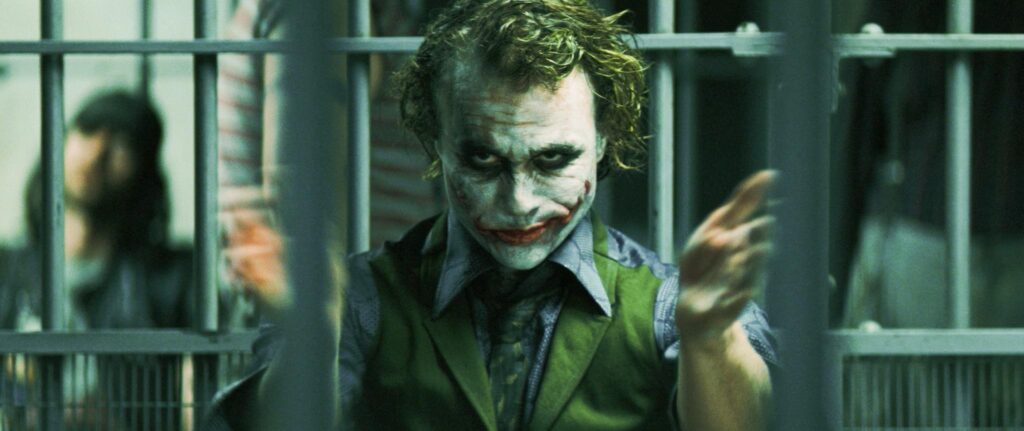
The Joker in The Dark Knight challenged traditional notions of what a villain can be. Heath Ledger’s portrayal brought a new level of chaos and unpredictability to the character, making him a symbol of anarchy in contrast to Batman’s order. This version of the Joker redefined the superhero genre by turning the typical good-versus-evil dynamic on its head. Ledger’s performance remains one of the most memorable in modern film history, setting the standard for complex villainous characters.
The Joker’s impact extended beyond just his role in The Dark Knight. His character influenced how future superhero films approach antagonists, focusing more on psychological depth than physical strength. He introduced a darker, more grounded approach to villainy, forcing audiences to consider the gray areas of morality. The Joker’s chaotic philosophy and unpredictable nature have since become a cornerstone of villain development in film.
The Terminator (The Terminator)
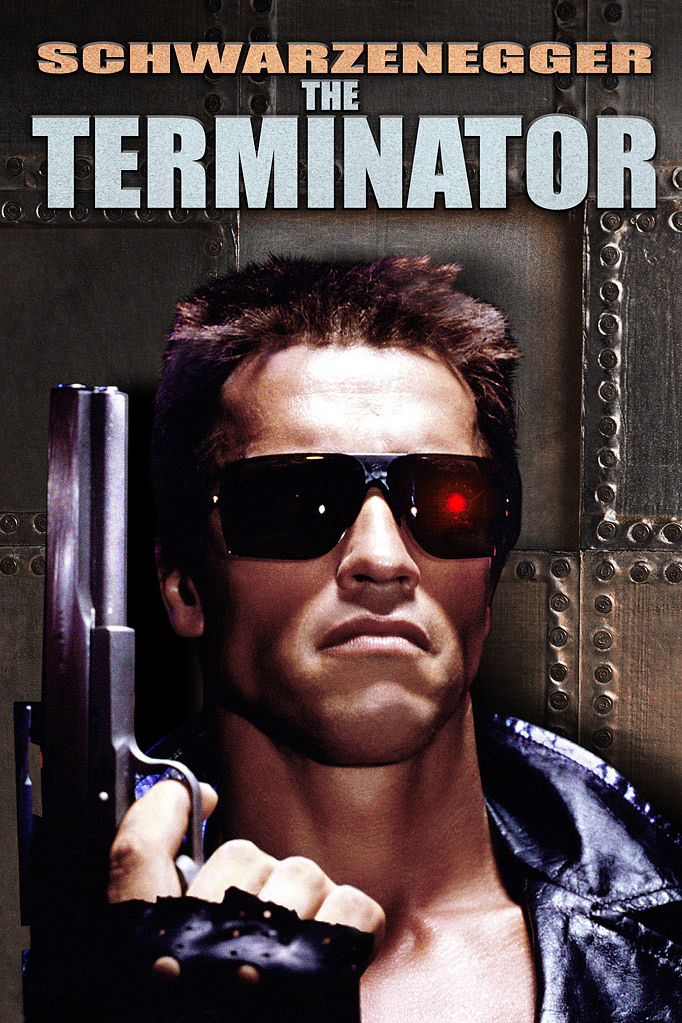
The Terminator, portrayed by Arnold Schwarzenegger, became an iconic figure in the science fiction genre. This character’s relentless pursuit of his mission in The Terminator pushed the boundaries of what a science fiction film could achieve, blending action, horror, and futuristic technology. The character’s cold, emotionless nature contrasted with the human traits of those around him, making his presence all the more terrifying. The Terminator’s impact on the sci-fi genre is still evident, with many films taking cues from his combination of technology and terror.
Schwarzenegger’s portrayal of the cyborg changed the way robots and artificial intelligence were depicted in film. The Terminator represented the fear and fascination with technology that would define much of the genre in the years that followed. His character’s popularity also helped to bring more action and blockbuster filmmaking into the sci-fi space. The Terminator remains one of the most iconic and influential characters in science fiction.
Ripley (Alien)

Ripley, played by Sigourney Weaver, broke new ground as a strong female lead in the science fiction and horror genres. As the protagonist in Alien, Ripley challenged traditional gender roles by being both a survivor and a leader. Her strength, intelligence, and resilience made her one of the most influential characters in film history. Ripley’s portrayal opened doors for more complex female characters in genres that were once dominated by men.
Ripley’s role in Alien pushed the boundaries of what audiences expected from a female lead in action and horror films. She became a symbol of empowerment, demonstrating that women could be just as capable in these high-stakes roles. Her character’s influence can be seen in numerous films that followed, particularly in sci-fi and horror. Ripley remains a trailblazer for strong, multifaceted female characters in cinema.
Darth Vader (Star Wars)
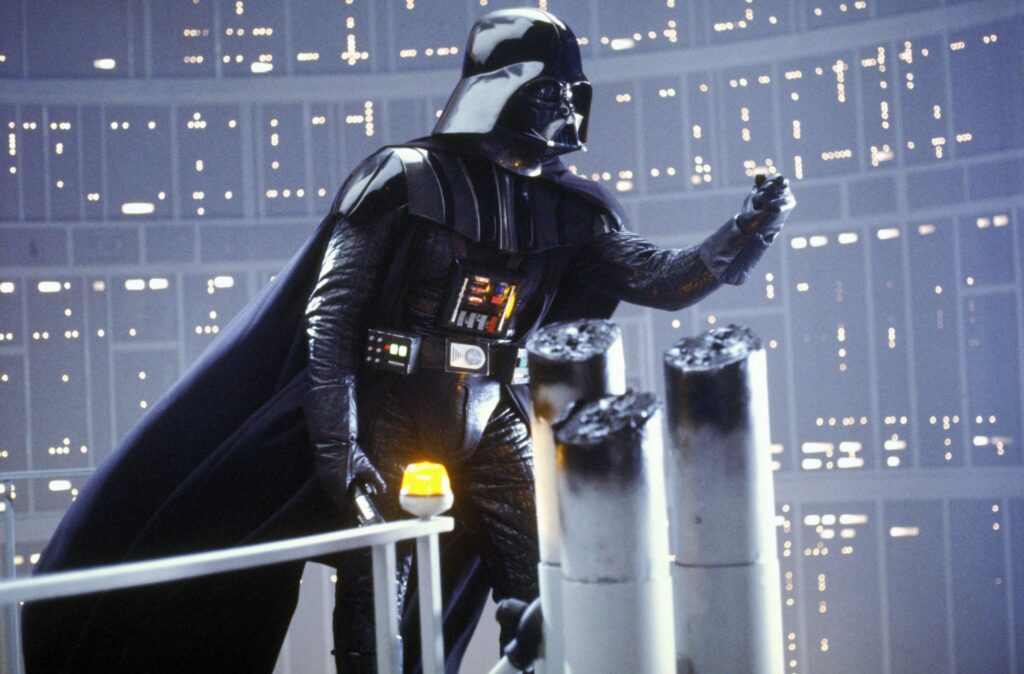
Darth Vader became the defining villain of the science fiction genre in Star Wars. His imposing presence, iconic voice, and tragic backstory helped to make him one of the most complex and memorable characters in cinematic history. Vader’s transformation from hero to villain and his internal conflict reshaped the way villains were portrayed in films. He became a symbol of redemption and the consequences of power and pride, which added depth to the Star Wars saga.
Vader’s influence extended well beyond the Star Wars franchise. He helped to establish a new model for antagonists in science fiction films, one that focused on the psychological struggle rather than mere villainy. The complexity of his character laid the groundwork for future villains who were more than just evil figures. Darth Vader’s legacy continues to resonate in pop culture and cinematic storytelling.
Forrest Gump (Forrest Gump)
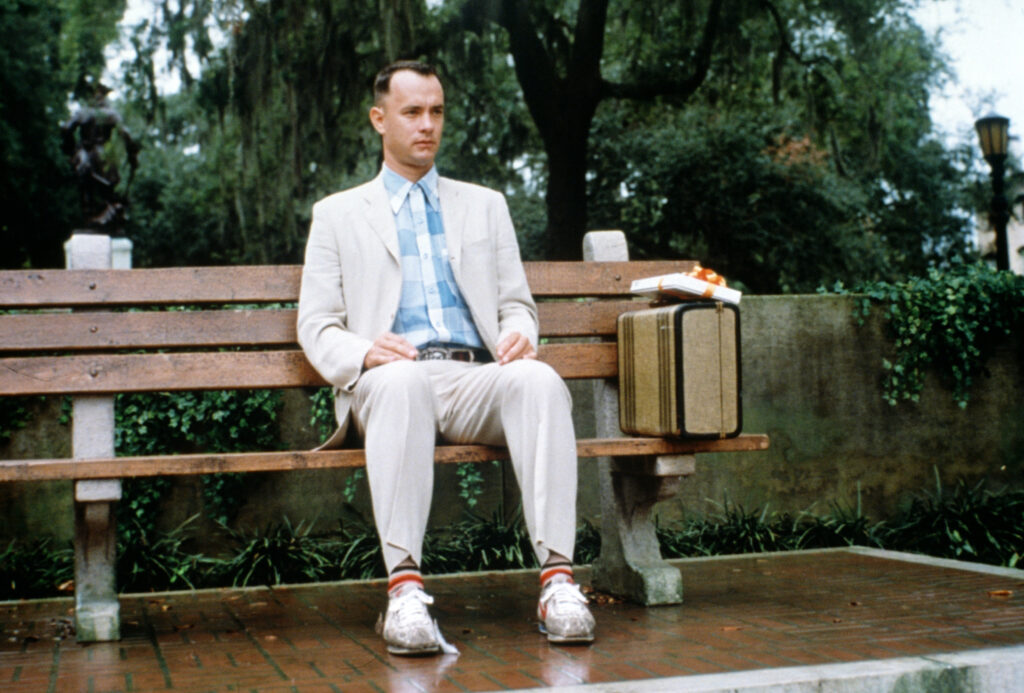
Forrest Gump introduced a unique blend of innocence and wisdom, capturing the essence of the American experience through one man’s eyes. His character, portrayed by Tom Hanks, helped to redefine how films approach historical events and personal narratives. Gump’s simple, yet profound perspective on life resonated with audiences, as he inadvertently shaped moments in history while remaining unaware of his influence. His story challenged the typical hero’s journey by focusing on heart and character rather than ambition or power.
Forrest Gump’s influence is still felt in films that blend history with personal storytelling. His character made the audience believe in the possibility of greatness through pure, unfiltered sincerity. The film’s success showed that a character driven by goodness, rather than conflict or flaw, could hold its own in an impactful narrative. Gump’s legacy continues to shape how films tell stories about ordinary people with extraordinary lives.
Vito Corleone (The Godfather)

Vito Corleone, played by Marlon Brando, became a cultural icon as the head of the Corleone family in The Godfather. His character introduced audiences to a more nuanced portrayal of the mafia, focusing not just on crime but on family, loyalty, and power. Corleone’s calm, calculated demeanor made him one of cinema’s most memorable characters. His influence has resonated throughout the gangster genre, affecting how later films approached crime, leadership, and morality.
Vito’s role in The Godfather helped to redefine the mafia genre by focusing on the complexity of family dynamics and the weight of leadership. Brando’s portrayal set a new standard for how characters in crime films could be both intimidating and sympathetic. His character’s legacy can be seen in countless films that followed, particularly those that delve into the dark side of power and loyalty. Vito Corleone remains one of the greatest characters in film history, often cited as the template for mafia leaders in cinema.
The Bride (Kill Bill)
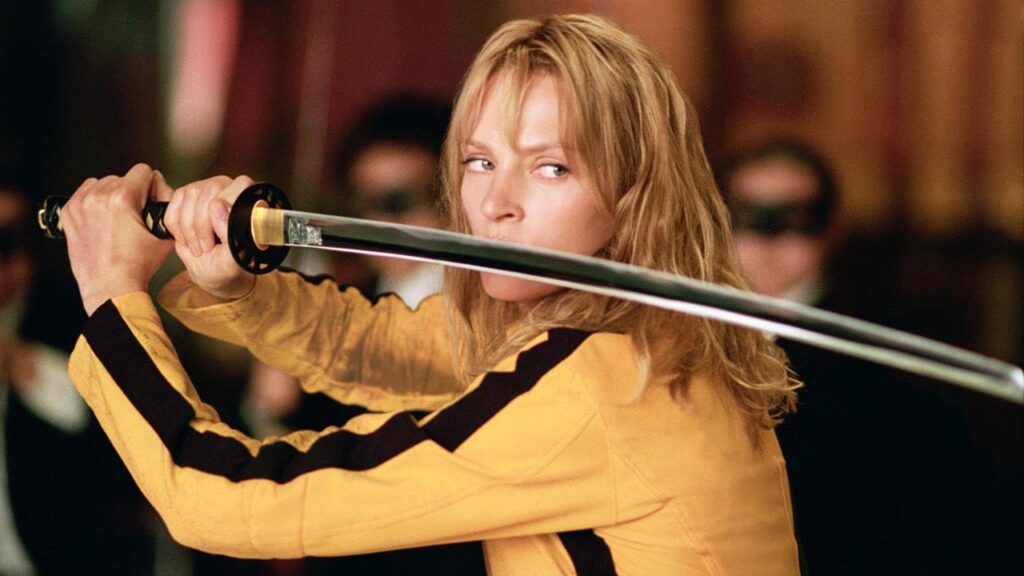
The Bride, portrayed by Uma Thurman in Kill Bill, reshaped the action genre with her blend of vengeance and femininity. Her character is a perfect mix of emotional depth and physical strength, making her one of the most compelling action heroines. Kill Bill broke away from traditional martial arts and revenge films by combining stylized action with a complex, character-driven plot. The Bride’s quest for revenge gave new life to the genre, paving the way for more fierce, independent female action stars.
The character of The Bride influenced not only the action genre but also the way revenge stories are told in film. Her skill and determination, combined with a deep emotional core, gave the character a unique presence. The Bride’s impact is visible in films that follow her example, particularly those that combine intense action with emotional stakes. Her legacy as a female action hero remains a touchstone in cinema.
Tony Montana (Scarface)
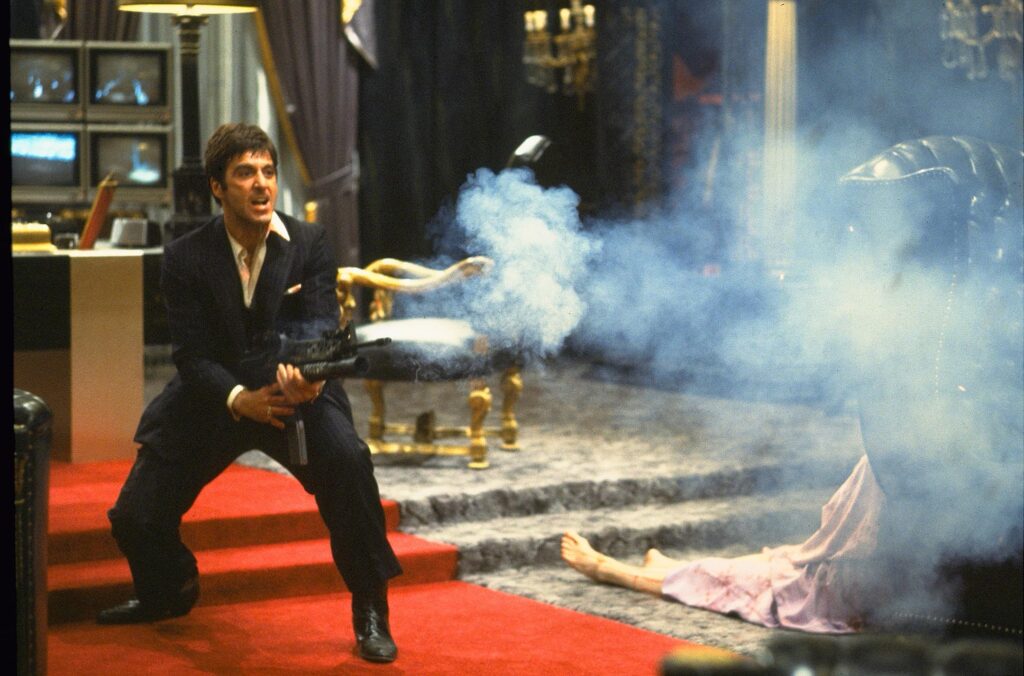
Tony Montana in Scarface became the archetype for a certain type of gangster—ruthless, ambitious, and ultimately tragic. His rise to power in the drug world changed the way the mafia genre was portrayed, introducing themes of excess, ambition, and downfall. Montana’s unrelenting drive for wealth and power made him a cultural icon, representing the American Dream gone wrong. His character’s raw intensity and memorable lines solidified him as one of film’s most iconic figures.
Montana’s influence can be seen in how films about crime and ambition are made today. His portrayal of the desperate pursuit of success became a warning against unchecked ambition and materialism. Scarface has influenced countless other films, shaping how later characters in crime dramas are portrayed. Tony Montana remains one of the most iconic antiheroes in cinematic history.
James Bond (Dr. No)
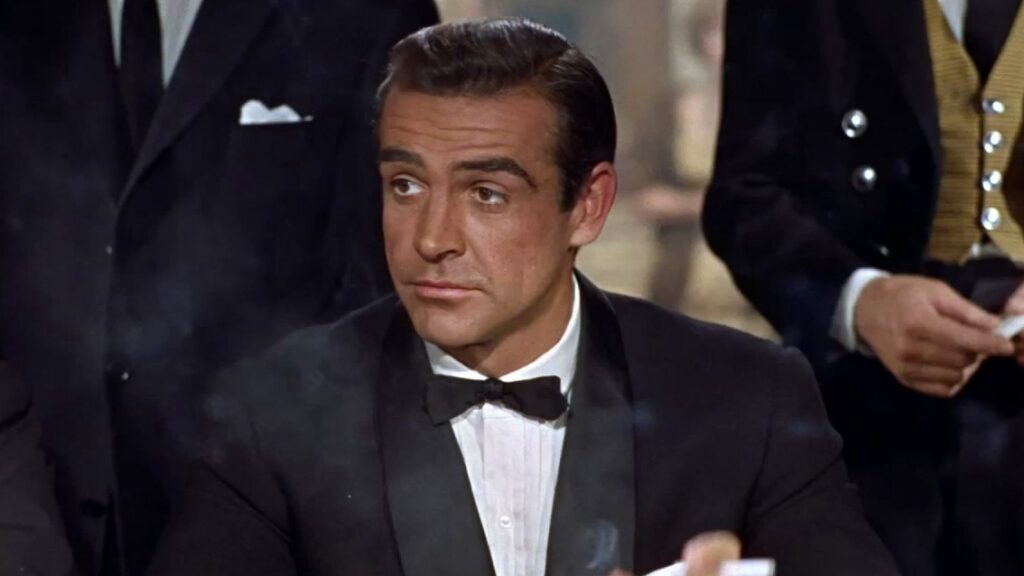
James Bond, portrayed by Sean Connery in Dr. No, introduced a new kind of spy who was suave, charming, and dangerous. His character redefined the spy genre by blending action, intrigue, and a dash of sophistication. Bond’s confidence, gadgets, and iconic catchphrases made him a hero that audiences could root for, while his moral complexity added depth to the action genre. His impact on spy films is still evident today, with the franchise continuing to set the standard for espionage thrillers.
Bond’s legacy is seen in countless films that follow his lead, with characters who combine charisma, action, and personal conflict. The suave, well-dressed secret agent archetype is now a staple of the genre, with many later characters attempting to replicate or subvert his style. His influence on action and spy films is unmatched, and Bond remains one of the most recognizable characters in cinematic history. His cultural significance has only grown with each new film in the series.
Rocky Balboa (Rocky)

Rocky Balboa, portrayed by Sylvester Stallone, became the face of underdog stories in cinema. His character redefined the sports drama genre by emphasizing perseverance, heart, and the power of personal struggle over winning. Rocky’s rise from a small-time boxer to a champion connected deeply with audiences, showing that the true victory lies in fighting for what you believe in. His character’s journey inspired not just other sports films but also anyone who faced personal challenges.
Rocky’s impact on sports films is undeniable, as his story paved the way for other underdog narratives in both drama and action genres. His character helped to create a blueprint for future sports films that emphasize the emotional and physical trials of athletes. Rocky’s enduring popularity shows how powerful a well-crafted character can be in shifting genre expectations. His legacy continues to resonate with audiences who believe in the power of determination and self-belief.
The Wicked Witch of the West (The Wizard of Oz)
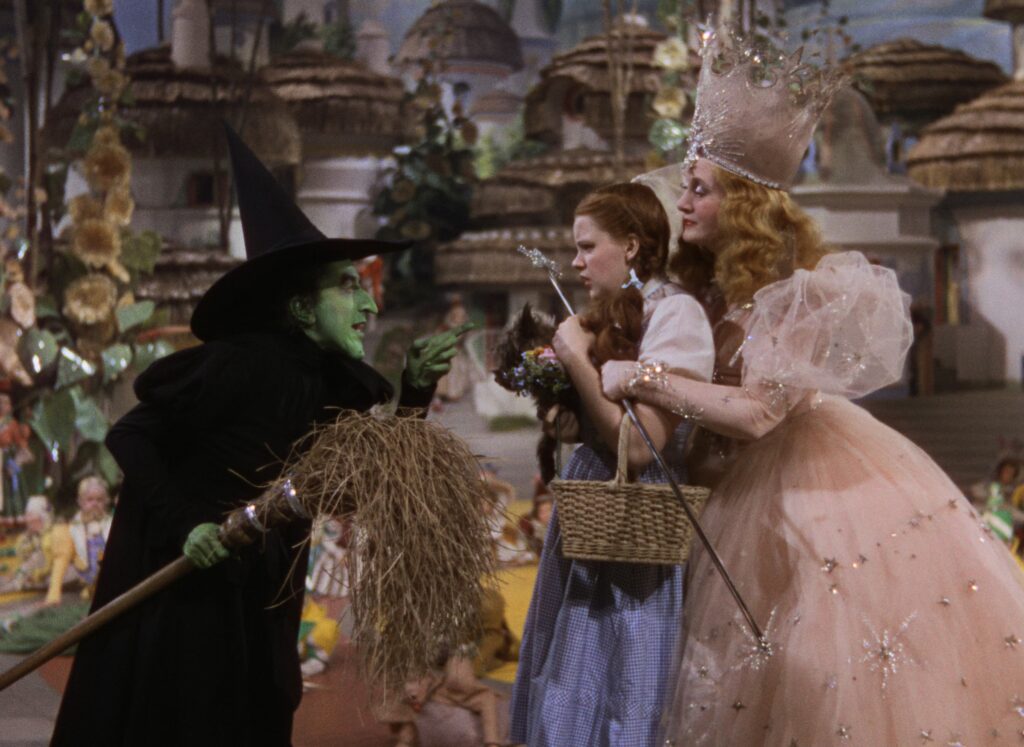
The Wicked Witch of the West, portrayed by Margaret Hamilton, is one of the most iconic villains in cinematic history. Her role in The Wizard of Oz transformed the way witches were portrayed in film, turning her into a symbol of pure evil and terror. Her menacing presence, combined with her iconic green skin and cackling voice, left an indelible mark on audiences. The character’s sinister nature became a template for future villains in fantasy and family films.
Her influence on fantasy films is immense, as her character helped to establish a new standard for villainy in family-oriented cinema. The Wicked Witch of the West’s evil deeds and her eventual defeat provided a framework for storytelling that many later films would follow. She became the epitome of villainous magic in films, influencing how witches and similar characters are portrayed in both dark and light-hearted genres. Her lasting legacy continues to shape how we view the role of villains in fantasy and adventure films.
This article originally appeared on Avocadu.
